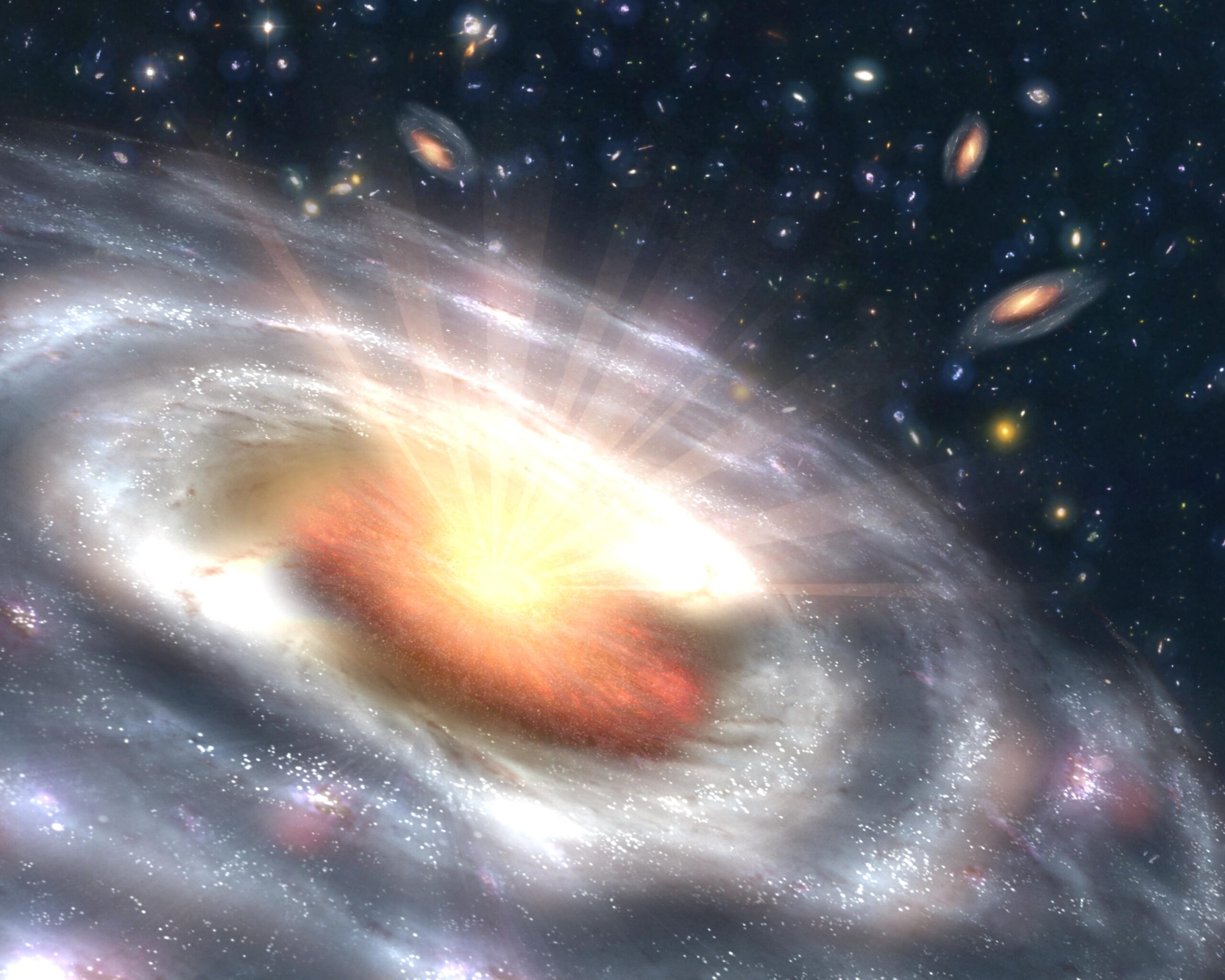Astrophysics Branch
Marshall Space Flight Center's Astrophysics Branch uses space and ground-based observatories to peer back to the earliest epochs of the universe, unravel its mysteries, and study the most violent explosions in our galaxy and beyond. Our goal is to help discover how the universe works, explore how it began and evolved, and search for life on planets around other stars.

Tyson Littenberg (ST12) and collaborator Neil Cornish (Montana State University) published an article in the journal Physical Review D describing the state of the art analysis algorithm for the ESA-NASA Laser Interferometer Space Antenna (LISA) mission (Phys. Rev. D 107, …
Gravitational Wave Data Science Algorithm Published in Physical Review D Read More »
On 2/23/23, the IXPE Observatory began a Target of Opportunity (ToO) observation of the accreting neutron star LS V +44 17 in the declining phase of an outburst. On February 9, IXPE had observed the outburst in response to a …
Imaging X-ray Polarimetry Explorer (IXPE): News and Opportunities Read More »
Chien-Ting Chen (USRA/ST12) has been appointed to the Executive Committee of NASA’s Physics of the Cosmos Program Analysis Group (PhysPAG) as part of the X-ray Science Interests Group. Chen joins 13 other scientists from a variety of institutions to serve …
Appointment of C-T Chen to PhysPAG Executive Committee Read More »
Chandra team commanded science instruments to stop observing and to move into their safe configuration due to high radiation predictions associated with a large incoming coronal mass ejection by the Sun. On 2/28/23, after radiation readings had dropped to safe …
Chandra Successfully Resumes Science Following Ground Commanded Radiation Shutdown Read More »
The solar neutrino detector (nuSol) was assembled at Wichita State University (WSU) and tested in the laboratory using ground level muons as the source of particles. Both the veto detector and neutrino detector showed appropriate responses to confirm their functionality. …
Assembly and Test of the Solar Neutrino Detector Read More »